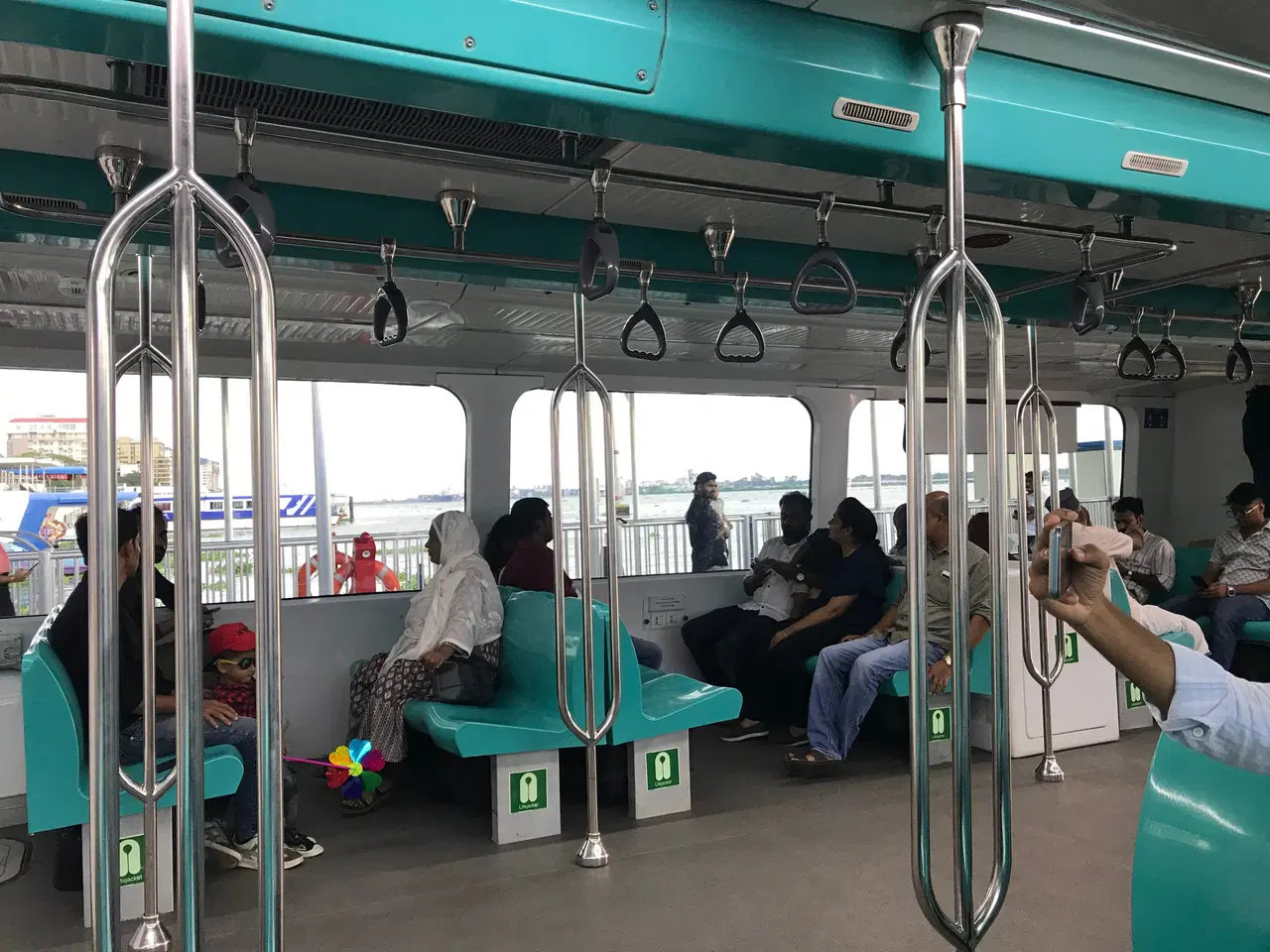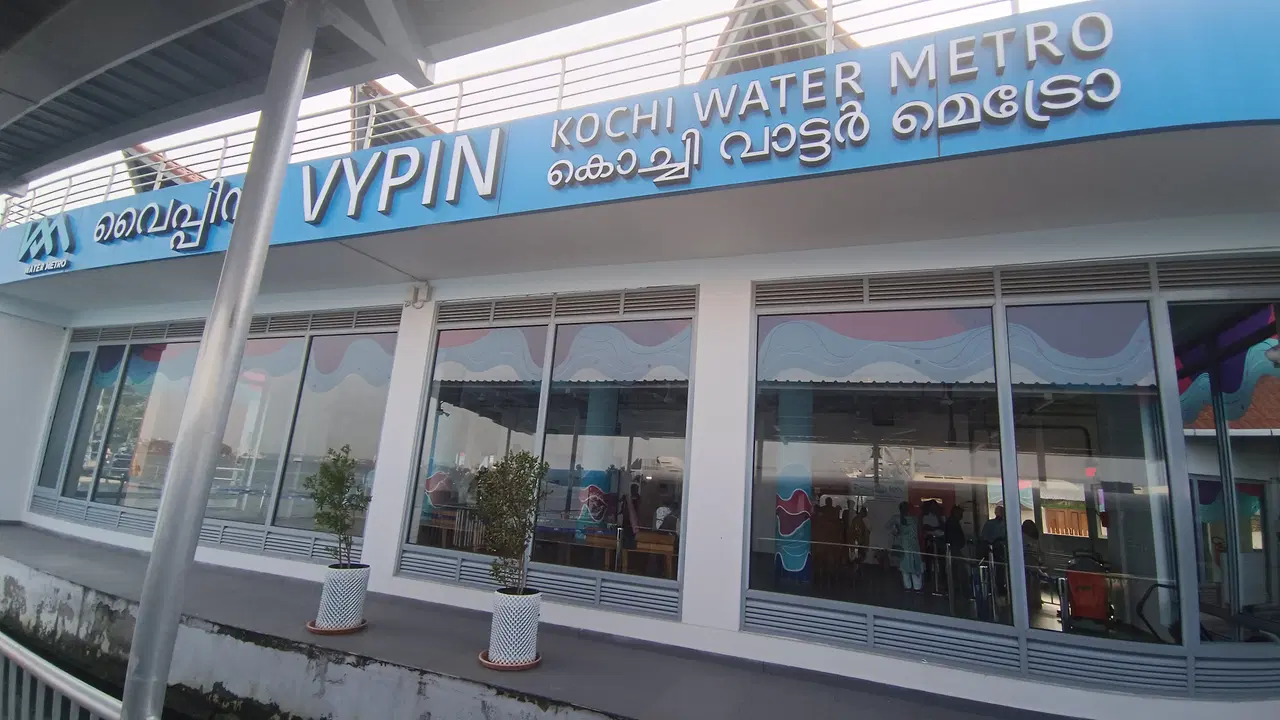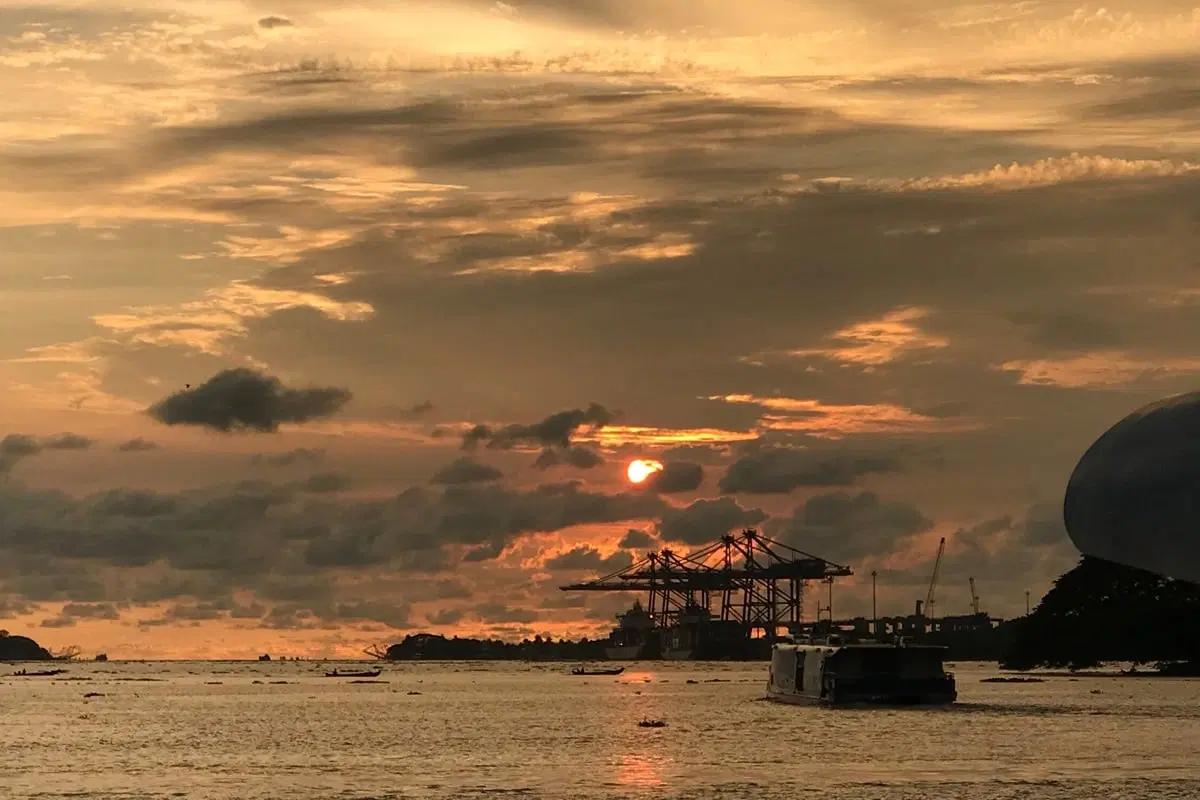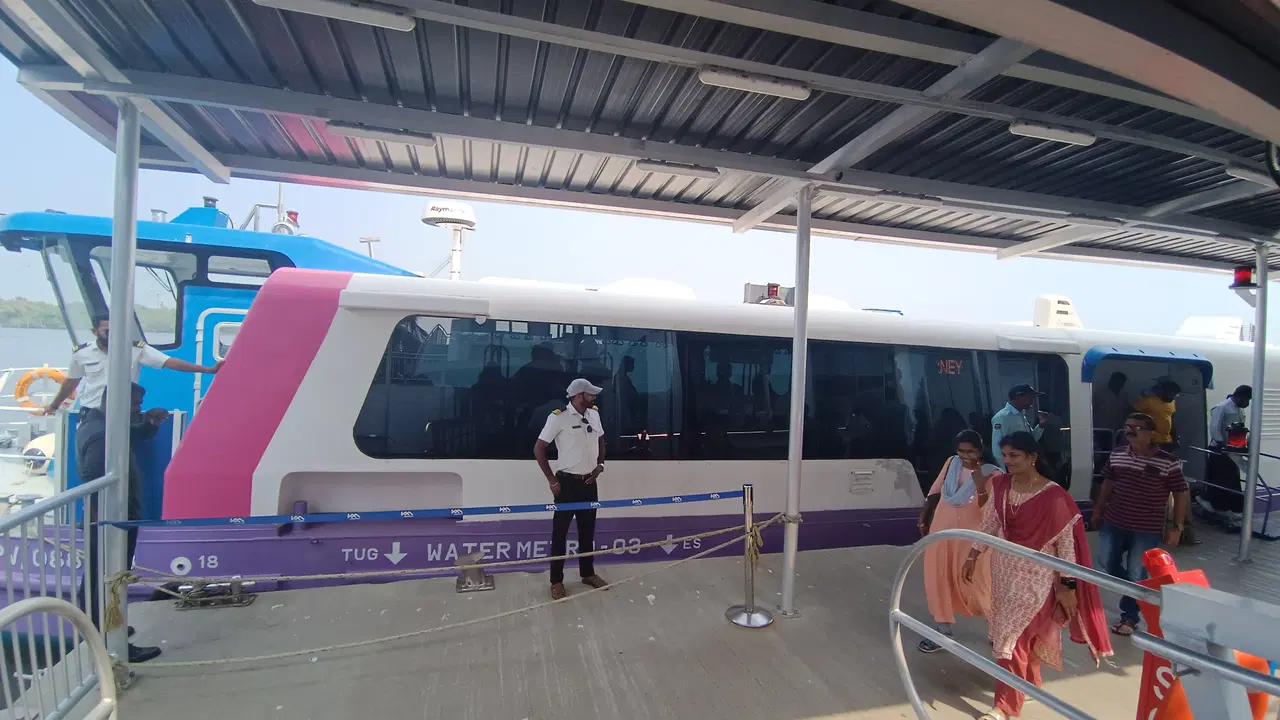- The stirring success of the Kochi Water Metro is a harbinger of things to come — that all governments, irrespective of ideology, must eventually concur that there is no alternative to development.
Inland water transport got a marvellous boost on 17 March, when Kochi Water Metro launched additional, longer routes to its fledgling network through the backwaters of Ernakulam, in central Kerala.
For commuters, it is a welcome relief from the daily grind of grime and traffic jams, and a chance to relax in air-conditioned comfort to and from work, for a reasonable fee.
For tourists, it is a truly amazing opportunity to experience a pristine tropical paradise from a novel angle; to gaze pleasantly out of a climate-controlled boat at coruscant backwaters, dotted with wooden Chinese fishing nets, long banks lined by coconut palms, and a wide variety of birds, is a dream holiday indeed.

Kochi Water Metro (KWM) is a special purpose vehicle between the Government of Kerala (GoK) and Kochi Metro Rail Limited (KMRL). The equity holding is 74 per cent GoK and 26 per cent KMRL. The latter, in turn, is a 50-50 special purpose joint venture between GoK and the central government. Its project cost is around Rs 1,100 crore
GoK has put up roughly 10 per cent of the capital. KMRL received slightly under Rs 800 crore from KfW, the German government’s largest development bank, underwritten by the Indian government, and the balance funds are provided by the Centre.
This is broadly in line with the equity and funding structure signed between the governments of India, Maharashtra, and Gujarat, for the Mumbai-Ahmedabad high-speed rail corridor.
The vessels which ply commuters are electric catamarans designed and built by the Cochin Shipyard. The terminals are modern, digital, and designed for heavy footfall. The boats are full most hours of the day.
The staff are well-trained, courteous, helpful, and go about their duties with a smile. Every step of one’s journey shouts “good management”. And the sights along the way are the thrilling bonus.

There, a greenshank pecks at brackish mud banks, hoping to snare a tiny bite or two. Here, a red wattled lapwing wanders absentmindedly past a pond heron lost in stoic contemplation.
Above, majestic Brahminy kites spread their brown plumes and hover in the air currents, while cormorants glide past the metro vessel to land on water, and dive elegantly below to hunt for fish.
The Kochi Water Metro is a remarkable project for a number of reasons.
First, it is a victory of good policy. The first major push for the development of inland waterways, for both passenger and goods transport, was the National Waterways Act of 2015. Shortly thereafter, in August 2015, a memorandum of understanding was signed between KMRL and KfW.
From then to April 2023, when Prime Minister Narendra Modi formally inaugurated the water metro service, was the arduous task of constructing the terminals, jetties, boats, and the integrated electronic monitoring systems.
Second, it is proof that politically antagonistic central and state governments can work together to successfully execute a large project without rancour or delay. The Marxist government of Pinarayi Vijayan in Kerala has never hidden its visceral opposition to the Centre.

And yet, if the water metro is the hit it is, it is because the stars somehow aligned favourably to let a ‘revolutionary’ Marxist state government work in step with their nemesis, a ‘fascist, majoritarian’ central government, and supplemented by a soft loan from a capitalist (and thus, necessarily by corollary, anti-proletariat) investment bank in Germany!
What should have been a non-starter has, instead, grown into the envy of others, and state pride.
Third, it has established a global template for safe, low cost, green transportation. This water metro is the largest of its kind in Asia, and is set to grow larger, as it is integrated with the upcoming inland waterway that will link the entire coast of Kerala through its backwaters.
All of a sudden, everyone wants their own water metro. Uttar Pradesh is building three — at Ayodhya, Varanasi and Mathura.
The Assamese want one for the Brahmaputra. So much so, that there were howls of protests in Ernakulam when the press reported, in January 2024, that two catamarans meant for KWM had been diverted to Varanasi and Ayodhya. It is a good problem to have.
And, fourth, although it goes without saying, is the boost this water metro has given to the tourism sector. This writer, who is a frequent user of the service, loses count on every trip, of the number of languages in which an excited babble rises, as the vessel sails past the stately raintrees of Bolghatty Palace, or the towering gantry cranes which line the container terminal quay.

The best part is that the water metro was integrated with the Kochi metro smartcard from inception, so regular travellers can simply tap-and-go without the tedium of a wait at the ticket counter, or buying one online. And with a proposal on to link transit cards pan-nationally, visitors to Ernakulam too, would be able to avail of the same soon.

It is not often that an uplifting infrastructure story makes its way out of Kerala, but the state’s commercial capital’s water metro is a rare one that rises above the stock reports of political violence, fiscal irresponsibility, and the daily case of noku-kuli (gaze-wage; a galling local practice in which you are forced to pay Marxist union thugs extortion money, to simply gaze on as aimless bystanders, while your goods are unloaded from the truck you contracted, by the private labourers you hired, into your home).
Perhaps the stirring success of the Kochi Water Metro is a harbinger of things to come — that all governments, irrespective of ideology, must eventually concur that there is no alternative to development.


